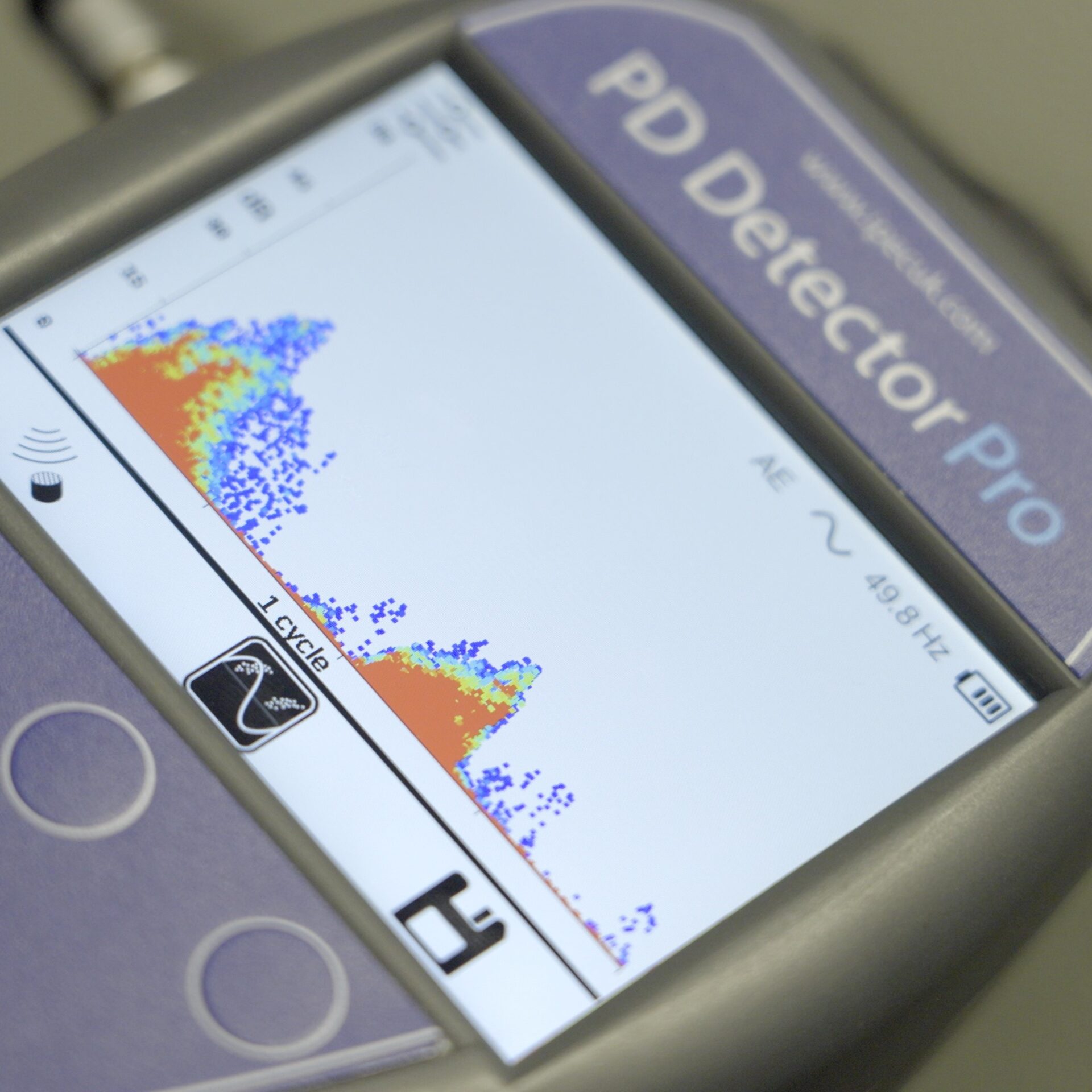
Case Study: Chemical Company, South Korea
07 / 06 / 16
Case Studies
Summary
A small PD spike was detected by the ASM monitoring system in July 2015. IPEC kept a close eye on this and in February of 2016, it was seen to be rising. The criticality went from 0 to 100 in a very short period of time meaning a failure was imminent.
Details
High, and continuingly rising Switchgear PD was detected on a termination in February of 2016, after some small activity was spotted the previous year. The criticality then hit the maximum threshold of 100 in May of 2016. Immediate action was required to locate the defect and remove it.
The customer confirmed that an onsite investigation was conducted and carbonisation was found in the panel next to a heater. The heater is used to keep the surrounding environment dry, however some carbonisation from the heater had started to conduct the electricity and was short circuiting. If carbonisation is present anywhere in the area, it increases conductivity and therefore decreases insulation properties.
Conclusions
IPEC recommended that the network be taken offline immediately in order to replace the faulty termination. The customer conducted the repair and put the system back online.
Case Study: Chemical Company, South Korea




